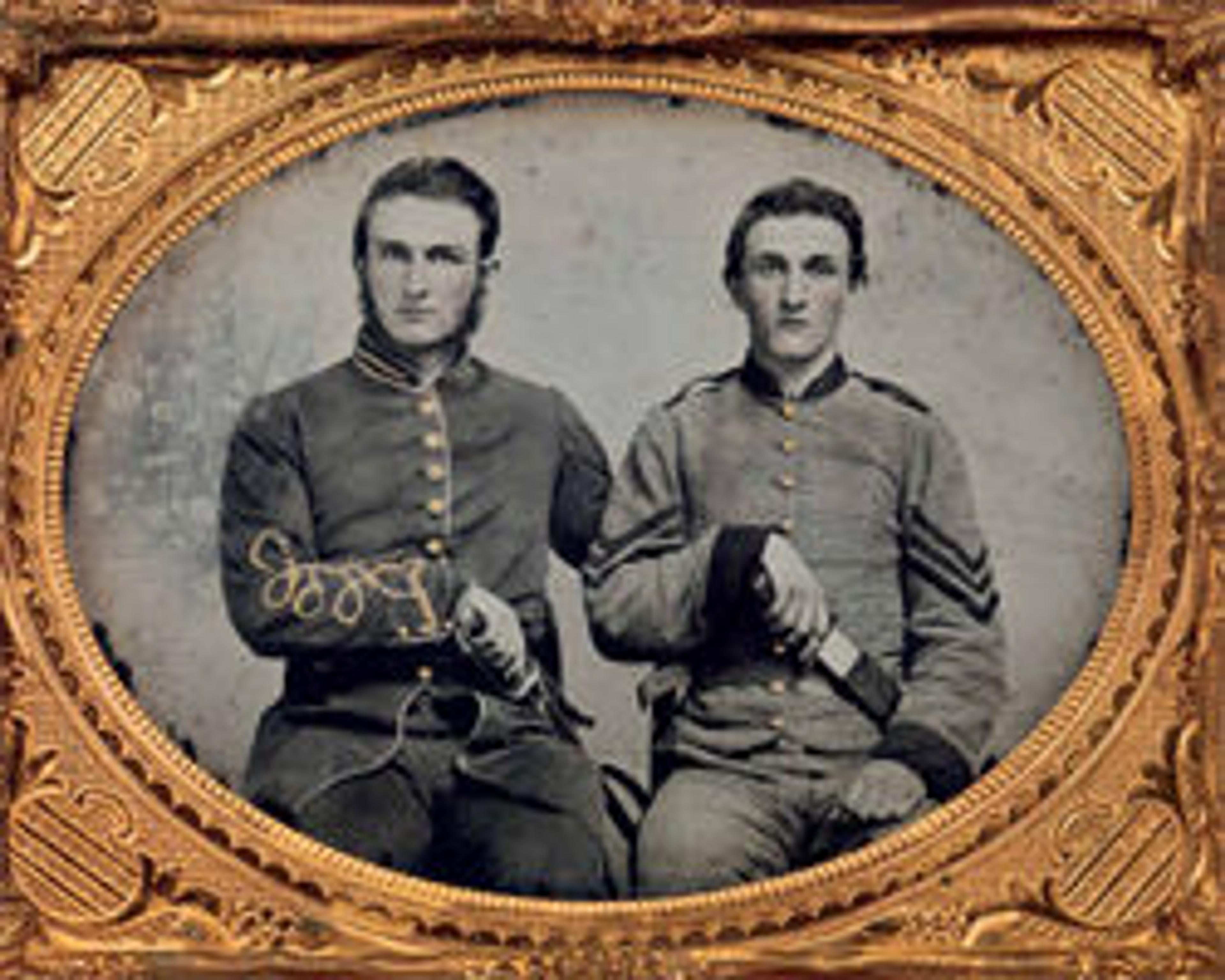Hamilton's Floating Battery Moored at the End of Sullivan's Island the Night Before They Opened Fire upon Fort Sumter
In January 1861, prior to the outbreak of war, James Randolph Hamilton began the construction of the ironclad floating battery to be used by the Confederate government to attack Fort Sumter and other Federal positions or naval vessels in Charleston, South Carolina. Built in clear view of the Union forces stationed at Sumter, the floating battery was one hundred feet long, twenty-five-feet wide, and sheathed in two layers of iron plate. It flies the first Confederate flag. Towed into the harbor close to Fort Sumter, Hamilton’s Battery fired on the fort intermittently for thirty-four hours beginning on the morning of April 12. It survived the intense counterattack sustaining little damage; by 1863, however, its protective skin had been stripped off and reused by the Confederacy for the construction of navigable ironclad ships. Southern troops would occupy Fort Sumter until February 17, 1865, when Union General William Tecumseh Sherman’s forces cut off supplies to Charleston and the city itself was evacuated.
Artwork Details
- Title:Hamilton's Floating Battery Moored at the End of Sullivan's Island the Night Before They Opened Fire upon Fort Sumter
- Artist:Attributed to Alma A. Pelot (American, active Charleston, South Carolina, 1850s–1860s)
- Artist:Attributed to Jesse H. Bolles (American, active Charleston, South Corlina, 1850s–1860s)
- Publisher:Edward Anthony (American, 1818–1888)
- Date:April 1861
- Medium:Albumen silver print from glass negative
- Dimensions:Image: 1 15/16 × 3 1/8 in. (5 × 7.9 cm)
Mount: 3 3/8 in. × 4 3/4 in. (8.5 × 12 cm) - Classification:Photographs
- Credit Line:Gilman Collection, Museum Purchase, 2005
- Object Number:2005.100.1174.4
- Curatorial Department: Photographs
More Artwork
Research Resources
The Met provides unparalleled resources for research and welcomes an international community of students and scholars. The Met's Open Access API is where creators and researchers can connect to the The Met collection. Open Access data and public domain images are available for unrestricted commercial and noncommercial use without permission or fee.
To request images under copyright and other restrictions, please use this Image Request form.
Feedback
We continue to research and examine historical and cultural context for objects in The Met collection. If you have comments or questions about this object record, please contact us using the form below. The Museum looks forward to receiving your comments.
